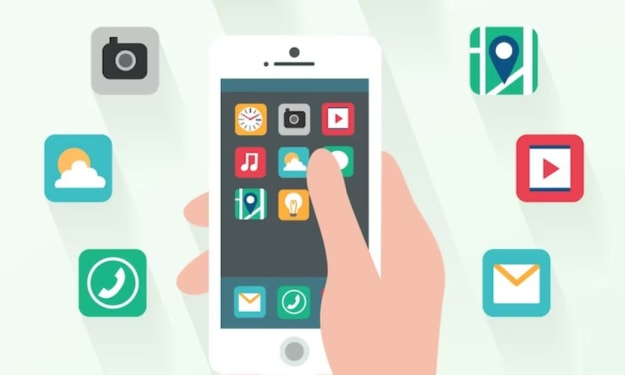
Introduction
The Education industry has been evolving rapidly over the past few years, and the recent emergence of messaging programs for education is revolutionising student communication. Gone are the days when students were limited to in-person communication, phone calls, or emails to communicate with their teachers and classmates. With messaging programs, students can now communicate with their teachers and classmates quickly and easily, making education more accessible and efficient.
Messaging programs have become increasingly popular due to their simplicity and user-friendliness. Students no longer need to be tech-savvy to use these platforms. Messaging apps like WhatsApp, Slack, and Facebook Messenger have made communication more accessible to all students, regardless of their technical skills. These instant messaging apps for students are also easy to use, and students can use them to communicate with their peers and teachers on any device, including laptops, smartphones, and tablets.
Messaging apps for education offer many advantages over traditional communication methods. For instance, they allow students to communicate with their peers and teachers outside of school hours. This means that students can ask questions or discuss assignments with their teachers and classmates at any time of the day or night, making education more accessible and convenient.
Moreover, messaging programs have proven to be highly effective in promoting collaboration among students. Students can easily share files, documents, and other resources with their peers, making group assignments and projects more manageable. Teachers can also use these platforms to share educational materials, assignments, and announcements with their students, ensuring that all students are informed and up-to-date.
Another significant advantage of messaging apps for education is that they promote personalised learning. Teachers can use these platforms to provide personalised feedback to students on their assignments, tests, and exams. Teachers can also use these platforms to monitor students' progress and provide individualised support to struggling students.
Messaging programs also offer a safe and secure platform for students to communicate. These platforms allow teachers to monitor communication between students, ensuring that no inappropriate content is shared. This means that students can communicate without fear of being bullied or harassed.
Benefits of instant messaging communication apps in education.
Real-time Communication:
Instant messaging apps offer real-time communication between students, teachers, and parents. With just a few clicks, students can communicate with their teachers and classmates in real-time, making education more accessible and efficient. This real-time communication also ensures that students can quickly clarify their doubts, leading to better academic performance.
Improved Collaboration:
Instant messaging apps have proven to be highly effective in promoting collaboration among students. Students can easily share files, documents, and other resources with their peers, making group assignments and projects more manageable. Teachers can also use these platforms to share educational materials, assignments, and announcements with their students, ensuring that all students are informed and up-to-date. With instant messaging apps, students can easily work on group projects from different locations, leading to improved collaboration and better academic outcomes
Increased Engagement:
Instant messaging apps have proven to be a powerful tool in increasing student engagement in the classroom. These apps offer a safe and secure platform for students to communicate and share their thoughts, leading to increased student participation and motivation. Teachers can use instant messaging apps to encourage students to ask questions, share ideas, and collaborate with their peers, leading to a more interactive and engaging classroom environment.
Personalized Learning:
Instant messaging apps offer teachers an opportunity to provide personalized learning to students. Teachers can use these platforms to provide individualized feedback to students on their assignments, tests, and exams. They can also use these platforms to monitor students' progress and provide individualized support to struggling students. With instant messaging apps, teachers can provide personalized support to students regardless of their physical location, leading to better academic outcomes.
Improved Parent-Teacher Communication:
Instant messaging apps have improved communication between parents and teachers. Parents can communicate with teachers in real-time, keeping track of their children's academic progress, assignments, and other school-related activities. These apps allow parents to stay informed and engaged in their children's education, leading to better academic outcomes.
About the Creator
Raja
Hii, iam digital marketer analyst - Working on Troop messenger






Comments
There are no comments for this story
Be the first to respond and start the conversation.